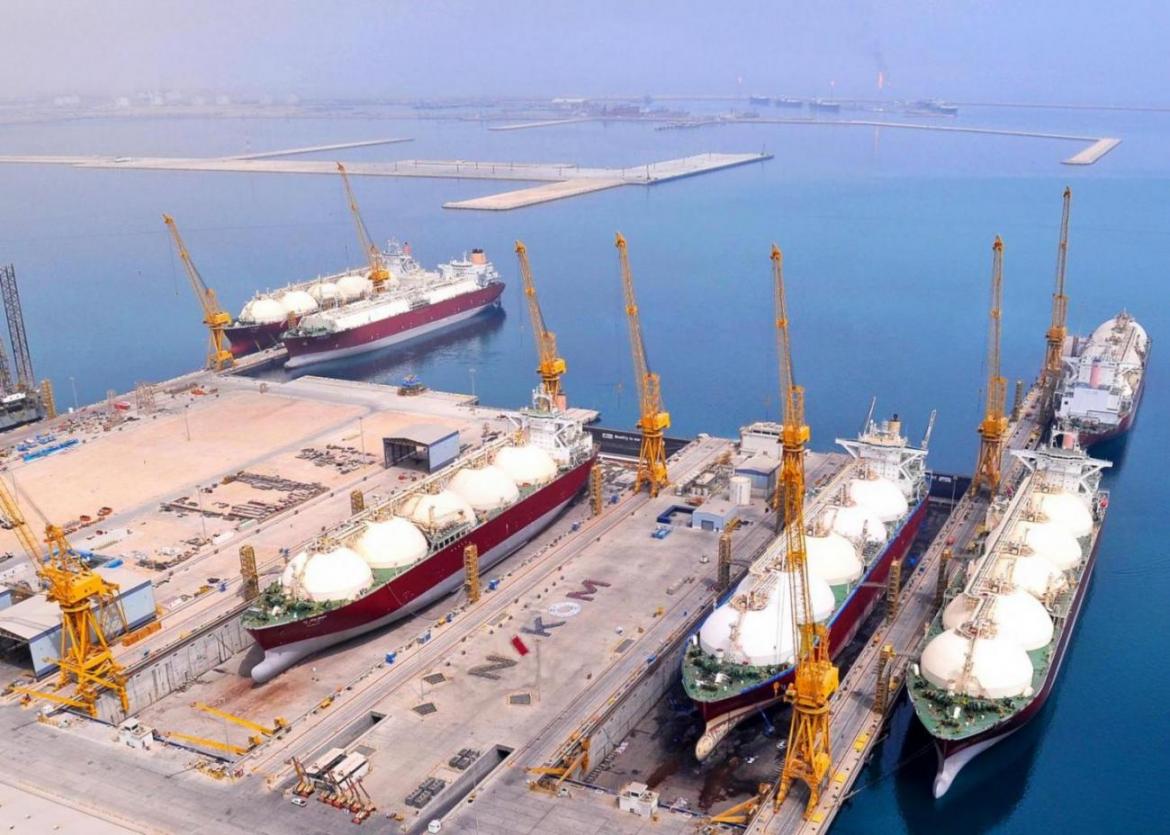Iran's liquefied natural gas will be transferred by domestic LNG vessels, the builder of the first Iranian LNG carrier said on Saturday.
"A memorandum of understanding has been concluded with a German company, whose name is yet to be announced, to provide Iran with the technical know-how to construct LNG carriers," Esmaeil Sadeqi also told Mehr News Agency.
According to Sadeqi, two dry dock shipyards have been built in Bandar Abbas Port to design and construct LNG vessels. Furthermore, the workshops around the yards are being equipped with modern machinery and much needed equipment.
The official said plans have been made to export LNG from Iran to all over the world, especially Europe, as soon as the "Iran LNG Project", including storage and loading facilities, is completed.
Underlining the construction of the first double-decker oil tanker in Iran Shipbuilding and Offshore Industries Complex Company, Sadeqi said, "In view of Iran's LNG export policies, construction of LNG vessels tops our priority list."
"Negotiations are underway with all world-known LNG carrier companies, especially Chinese, Korean and Japanese manufactures," he said, adding that in addition to the German corporation, preliminary agreements have been signed with Chinese and South Korean companies.
According to the operator of the first Iranian LNG vessel, the dry dock shipyard is 485 meters long. Moreover, it has been designed in a way that even the largest LNG carriers can be constructed in it.
An LNG carrier is a tank ship designed for transporting liquefied natural gas. As the LNG market grows rapidly, the fleet of LNG carriers continues to experience tremendous growth.
Sadeqi said Iran is projected to officially join the LNG Exporters Club in the next two years.
Research has shown that establishing new LNG production units instead of constructing pipeline tops Iran's agenda for transferring gas to Europe, since economic calculations reveal LNG production is more lucrative.
Once sanctions are fully lifted, the project can establish Iran as one of the LNG exporting states with a production capacity of 10.5 million tons of liquefied natural gas per annum.
In September, Oil Minister Bijan Namdar Zanganeh discussed LNG supply to Spanish terminals and from there to other European destinations. Later that month, LNG exports were discussed with a Polish delegation in Tehran.
Speculations suggest Iran has the capacity to supply 25-30 billion cubic meters of gas a year to Europe in the post-sanctions period. Iranian officials say gas exports, including LNG, should rise to 80 billion cubic meters per year by 2021.
Alireza Kameli, managing director of National Iranian Gas Exports Company, told Shana on July 4 that Iran has been negotiating with the “world’s biggest company in FLNG shipping to transfer Iranian gas to Europe in seven to 12 months.”
Floating LNG can take coastal natural gas, liquefy, store or transfer to markets overseas.


